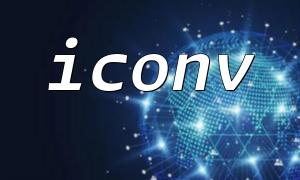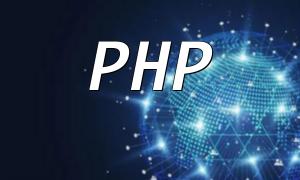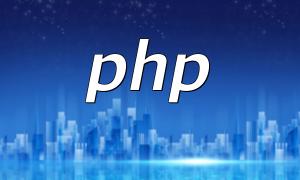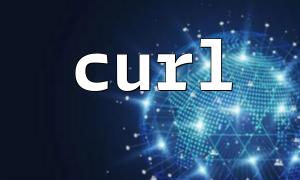PHP, as a widely used server-side scripting language, plays a vital role in web development due to its flexibility and efficiency. The MVC (Model-View-Controller) design pattern offers a structured way to organize code, helping developers separate business logic from the user interface, thus enhancing maintainability and scalability of applications. Combining MVC with Continuous Integration (CI) effectively optimizes development workflow and software quality.
The model handles data and business logic within the application. In the PHP MVC architecture, the model is typically responsible for database operations including creating, reading, updating, and deleting data.
class UserModel {
private $db;
public function __construct($database) {
$this->db = $database;
}
public function getUser($id) {
// Retrieve user information from the database
$query = "SELECT * FROM users WHERE id = :id";
$stmt = $this->db->prepare($query);
$stmt->bindParam(':id', $id);
$stmt->execute();
return $stmt->fetch();
}
}
The view is responsible for displaying data and serves as the interface through which users interact with the application. It presents model data using HTML, CSS, and JavaScript.
<?php
// user_view.php
if ($user) {
echo "<h1>User Information</h1>";
echo "<p>Name: {$user['name']}</p>";
echo "<p>Email: {$user['email']}</p>";
} else {
echo "<p>User does not exist</p>";
}
?>
The controller acts as the core of MVC, handling user input, calling models to process business logic, and passing the results to views for display.
class UserController {
private $model;
public function __construct($model) {
$this->model = $model;
}
public function show($id) {
$user = $this->model->getUser($id);
include 'user_view.php';
}
}
Continuous Integration (CI) is a software development practice that encourages frequent code merges into the main branch and uses automated testing to maintain code quality, reducing integration issues and improving development efficiency.
Early defect detection: Automated tests quickly identify errors in code, limiting fault propagation.
Improved software quality: CI encourages stable and reliable code.
Reduced integration risk: Incremental code merges prevent large-scale conflicts.
Integrating PHP MVC architecture with CI tools helps establish standardized development processes and faster software delivery.
In PHP projects, using tools like PHPUnit to write unit and integration tests for models, views, and controllers is essential for continuous integration, ensuring changes do not break existing features.
use PHPUnit\Framework\TestCase;
class UserModelTest extends TestCase {
public function testGetUser() {
$model = new UserModel(new Database());
$user = $model->getUser(1);
$this->assertEquals('John Doe', $user['name']);
}
}
By integrating automation tools such as Jenkins, GitHub Actions, and Travis CI, tests and deployments can be automatically triggered after every code commit, ensuring that the codebase is always in a stable and deployable state.
The combination of PHP MVC and continuous integration not only improves code organization and maintainability but also accelerates software delivery and enhances quality. Adopting this approach allows development teams to quickly respond to changing requirements and stay competitive.










